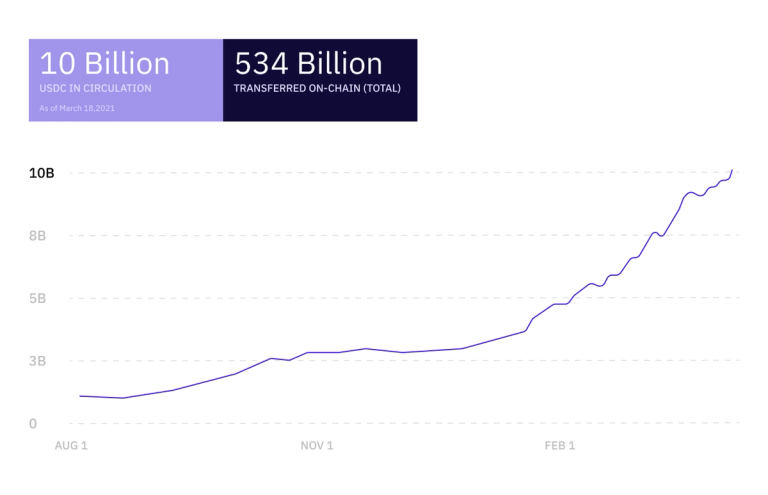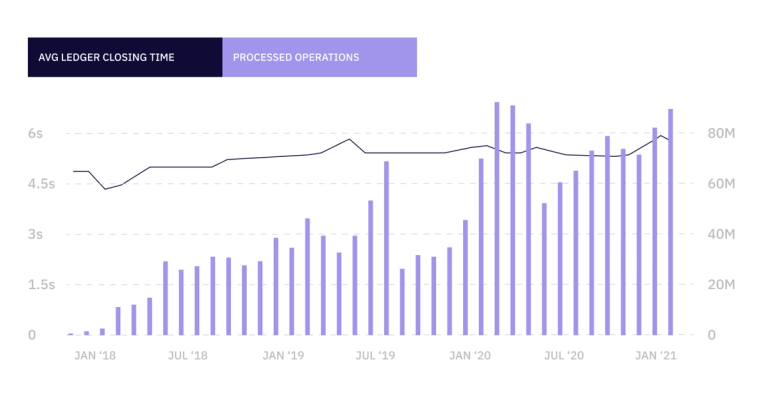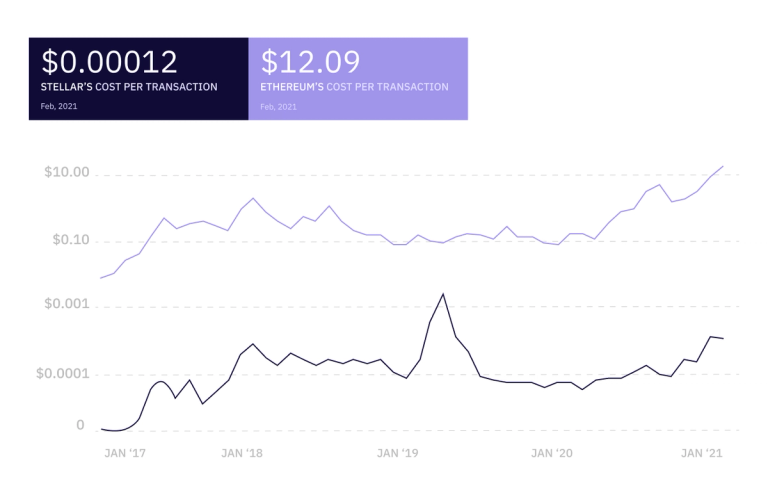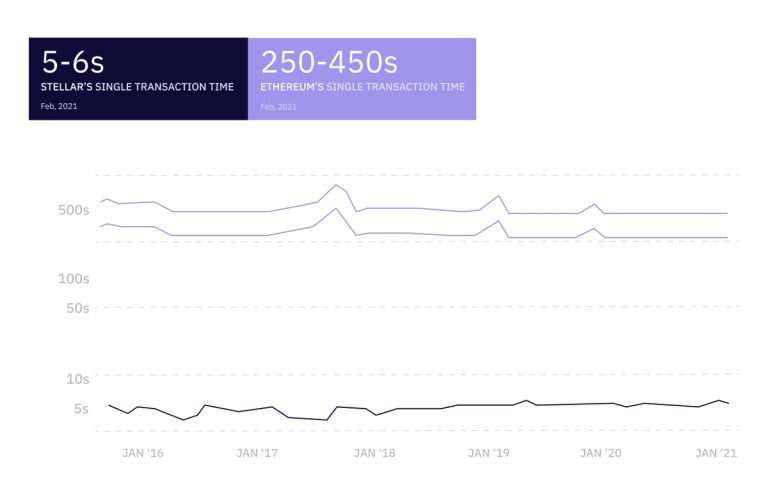Blog Article
The best of both worlds: Stellar + USDC
Author
Ada Vaughan
Publishing date
USDC
Circle
In an increasingly cashless and global economy, separations between the world’s financial systems can cause friction when you’re running a global business. If you do cross-border transactions, you’ve seen that each time money moves between buyer and seller, or changes currencies, value is lost to an intermediary.
In order to solve this issue and have better payment rails for borderless commerce, you’ll need two important pieces of technology: 1) stable, trusted, accessible digital currencies, and 2) a fast, cost-efficient, and secure network that connects to all the world’s existing financial institutions.
International payments need to be secure, fast, and able to change currencies.
Stablecoins are not all created equal.
Stablecoins are cryptocurrency tokens that represent the world’s currencies as digital assets so users — whether businesses, developers, or consumers — can move and exchange their value instantly. A stablecoin’s value matches its underlying traditional currency in a 1:1 ratio. With hundreds of stablecoin issuers around the globe, all have differences in how they are regulated, backed, and managed. When comparing stablecoin assets, reserve-backing, minting protocols, and governance are of paramount importance to make sure that the underlying value is kept safe from potential bad actors. Users must be able to trust the company that issues the asset, to have confidence that the money they deposit and trade for a tokenized version of that currency is indeed secure.
USDC: a world-class digital us dollar
Growth of USD Coin (USDC) has accelerated over the last year, with circulation reaching $10 Billion (early 2021). USDC was created through a partnership between Circle and Coinbase. This well-capitalized and easily exchanged digital asset is fully backed with US dollars held in reserve — confirmed monthly via third-party verification — and the token is issued by regulated US financial institutions. Plus, USDC is governed by Centre, a consortium that sets its technical, policy and financial standards.

Launched in 2018, USDC has really taken off in adoption, especially since enabling multi-chain access to improve speed, scalability, and cost-efficiency. The original USDC only worked on the Ethereum network, which suffers from high costs and slow transactions in periods of high activity. Newly released Stellar USDC is a marriage of the world’s leading digital US dollar, and the world’s most efficient network. Now, USDC can scale to meet demand because Stellar USDC is fast, cheap, and exchangeable.
Stellar: a modern network for international payments
Traditional systems that take days to settle and charge businesses like yours high fees for changing currencies are being disrupted. Moving money cross-border using the Stellar network provides a modern alternative. Now, you can utilize Stellar network for transactions and benefit from extremely low cost (about $0.0001/transaction), plus high speeds (a few seconds to confirm) that remain stable at scale. Take a look at the chart below and you’ll see over the last few years how Stellar network transaction processing times have stayed steady, even as the volume of transactions has increased by 40 times! The Stellar network has proven scalability to support international payments and cross-border commerce. It’s especially valuable when changing currencies.

Connected to the world 24/7
One of the reasons for time lags and friction in cross-border commerce is that traditional banks, commodity exchanges, and markets close at “the end of the day.” If you conduct global business, you’ve seen how having customers around the world can create delays when “banking hours” don’t overlap. The Stellar network is always open and connected in every geography. Transactions can happen 24 hours a day, 7 days a week around the world. For FinTech companies or online exchanges that want to rebalance value, or change from one currency to another, Stellar’s universal decentralized exchange (DEX) function allows anyone to perform on-chain foreign exchange (forex) transactions.

The Stellar Anchor Network provides standardized on/off ramps for a growing list of world currencies (list of Fiat issuers on Stellar). Since asset issuance on Stellar is a built-in operation, no smart contracts are needed, and the opportunity for errors is dramatically reduced while security is increased. In addition to interoperability within Stellar, the ecosystem of businesses and applications that use Stellar-based assets expands benefits to everyone. So stablecoin-based transactions and movements of value can be performed, even when the end customer is not “crypto-aware” during the process. Plus, Stellar facilitates regulatory compliance with standard protocols used by all partners to communicate and confirm transactions properly.
Stellar USDC: the best of both worlds
With all the challenges of operating in a modern, always-on environment, it’s about time we had a system for financial transactions that serves the needs of businesses like yours. Stellar USDC brings together all the advantages of an established stablecoin from a trusted issuer and the world’s most efficient network. And, when you begin using Stellar USDC, you’ll be connected to interact and exchange seamlessly with other world currencies. Businesses that take advantage of this powerful combination benefit from:
- Standard compliance protocols throughout the ecosystem
Confidently transact with partners, worldwide. - Performance at scale
The Stellar network delivers at high speeds, even as activity increases dramatically. - On-chain foreign exchange
Trade Stellar-based assets 24/7 on the DEX. - Leveraging local Stellar anchors for in/out of legacy systems
Utilize local anchors and avoid the hassle of banking in multiple countries - Low fees that stay that way
Transaction costs typically around 1/100th of a penny
Newly enabled Stellar USDC is a marriage of the world’s leading digital US dollar, and the world’s most efficient network.
Already using USDC?
If your business is already using USDC on Ethereum, we’d love to show you how Stellar USDC presents enormous advantages. All forms of USDC can be swapped via a simple service, and switching to the Stellar network will save you and your users both time and money. One of the top high-frequency exchanges in Japan estimates their users will save thousands of dollars in transaction fees monthly by using Stellar USDC.


Ready to get connected?
Get in touch with us at SDF to find out how your business can benefit from Stellar USDC.